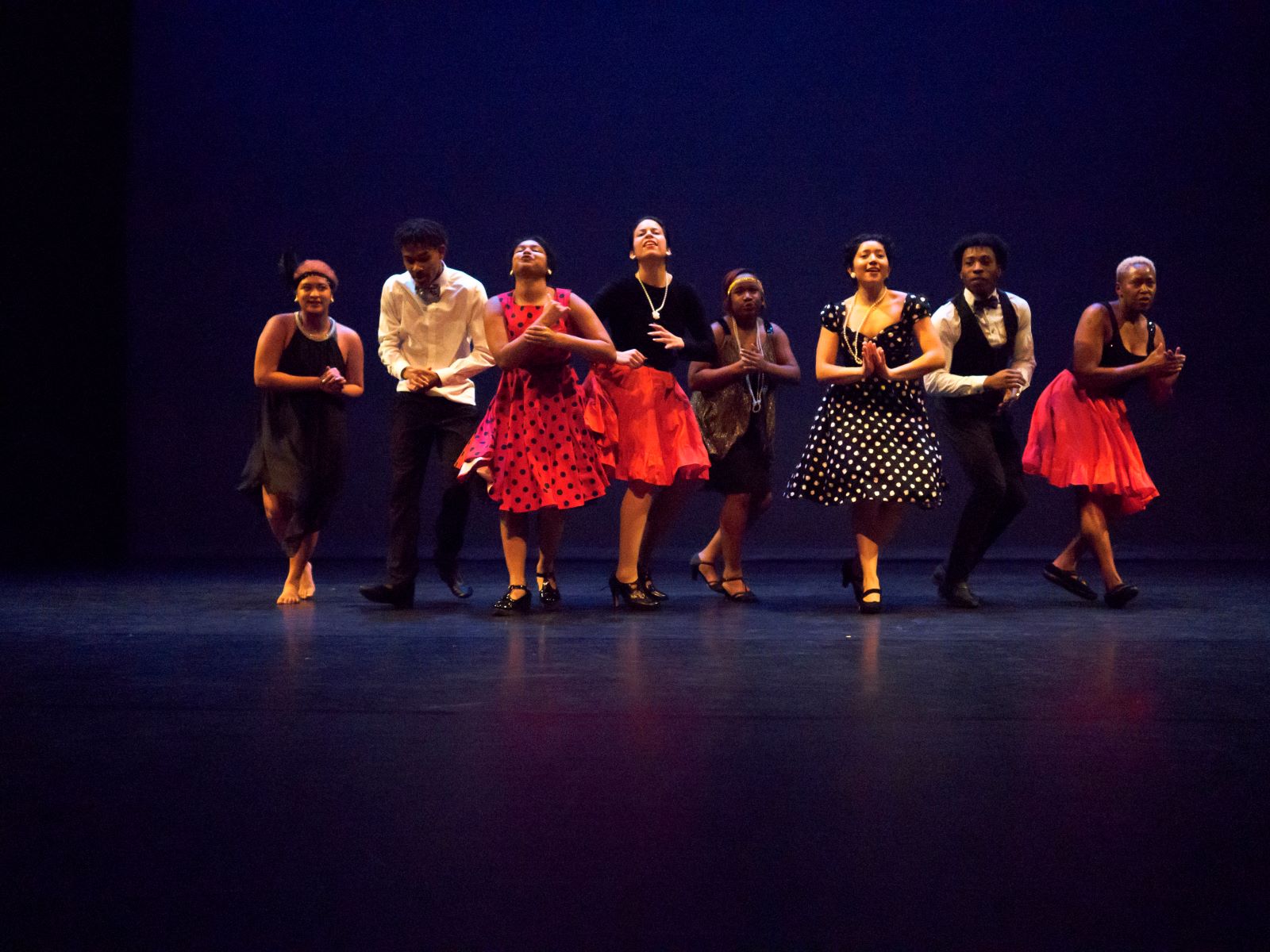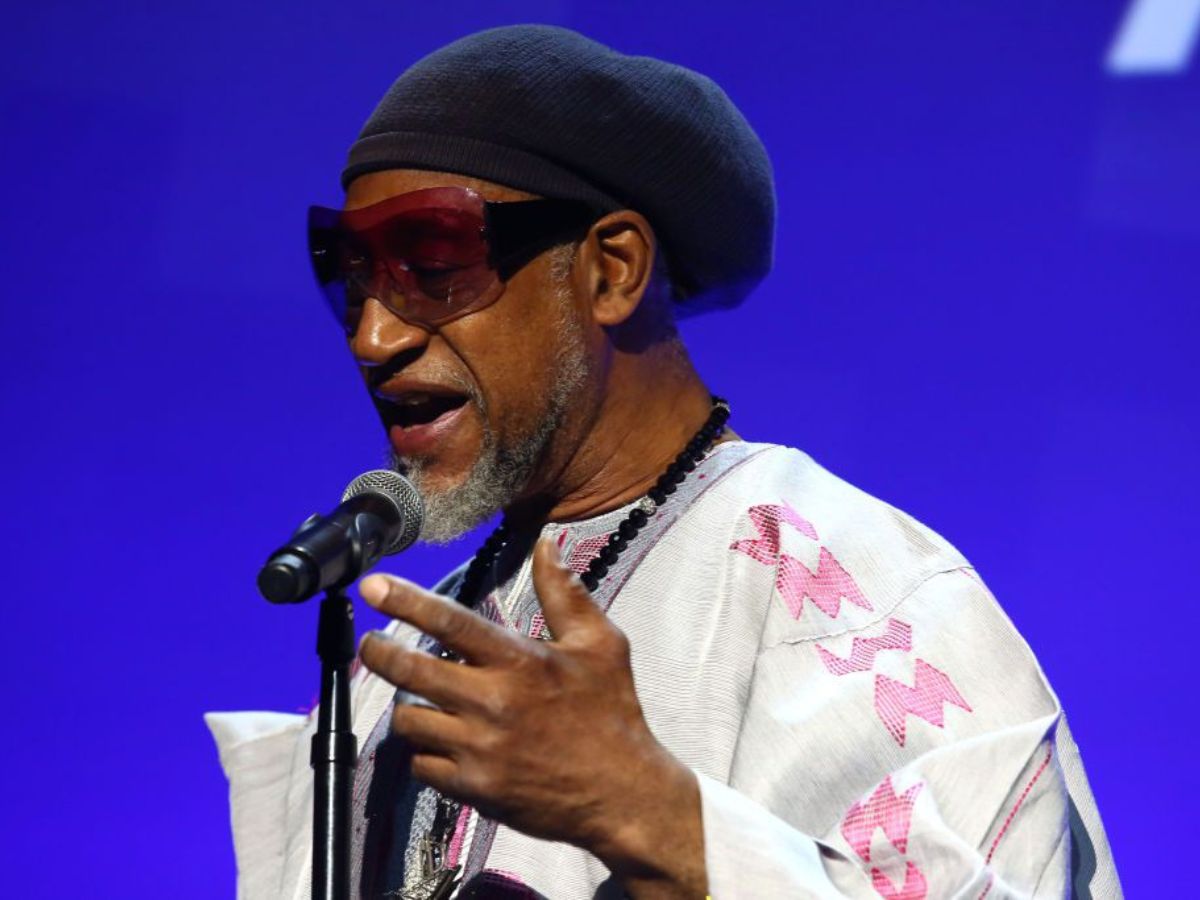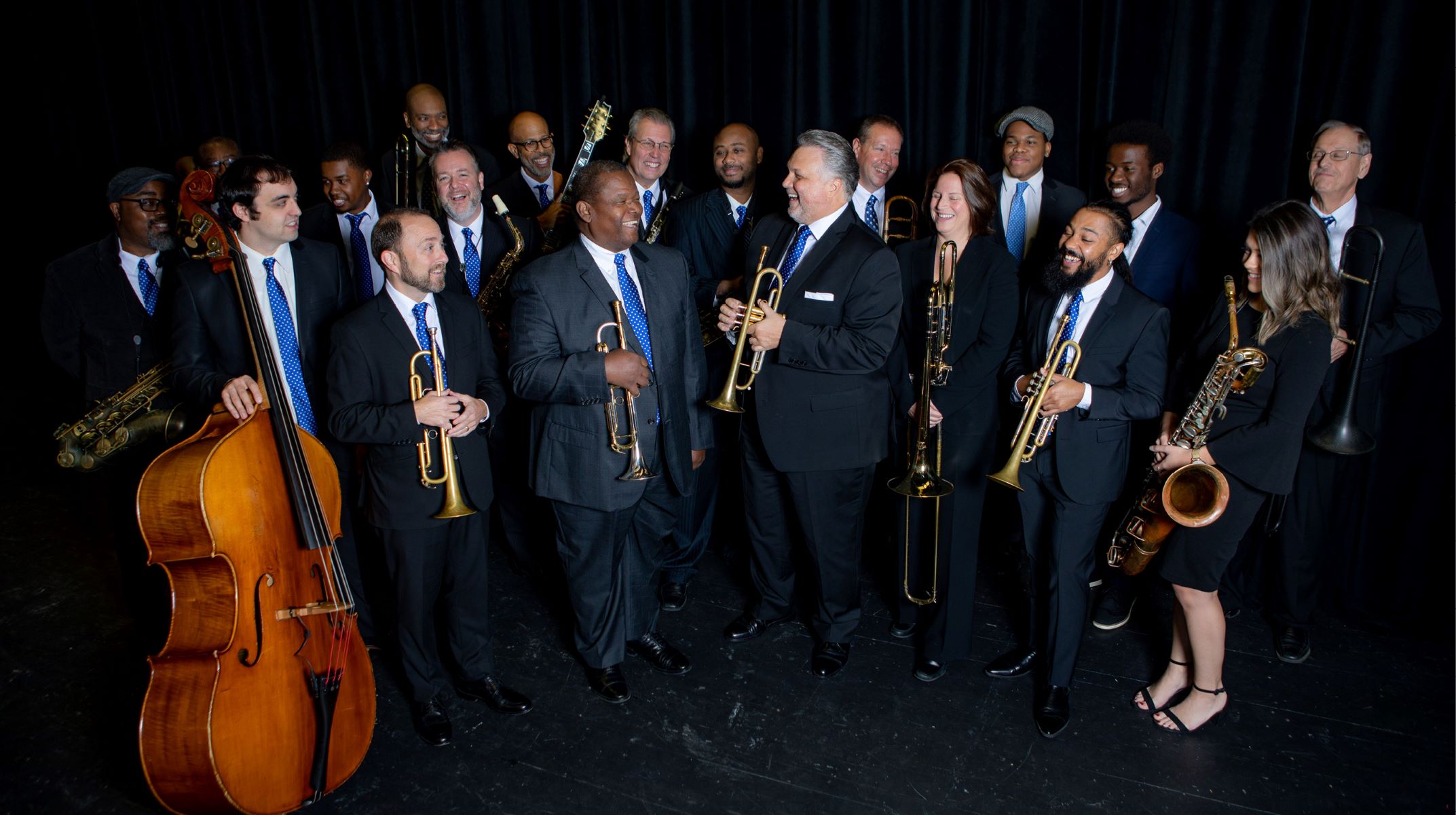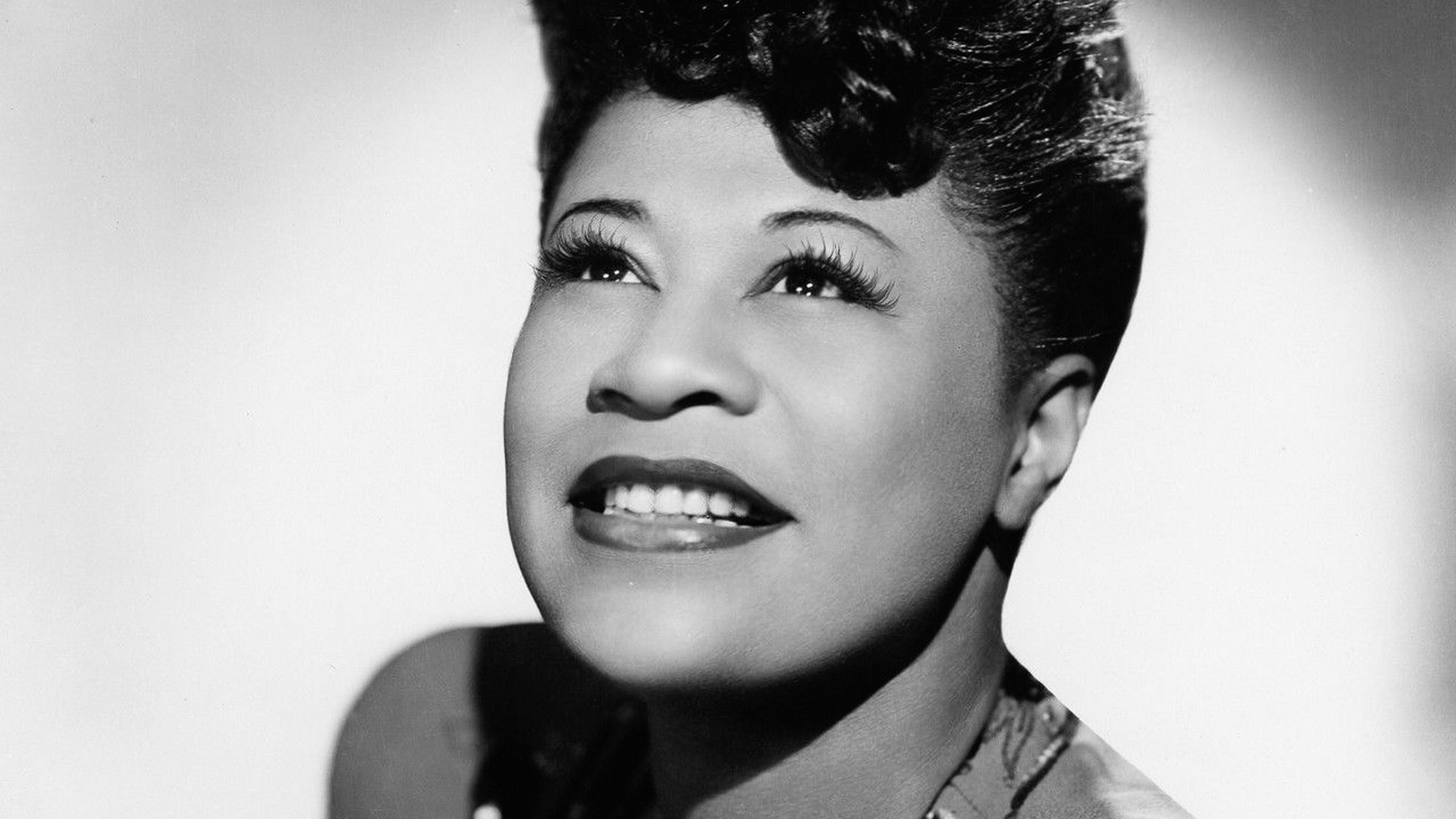

Jazz
Who Made Jazz Dance
Modified: January 22, 2024
Discover the origins of jazz dance and the pioneers who made it what it is today. Explore the evolution and influence of jazz on the dance world.
(Many of the links in this article redirect to a specific reviewed product. Your purchase of these products through affiliate links helps to generate commission for AudioLover.com, at no extra cost. Learn more)
Table of Contents
Introduction
Jazz dance is a vibrant and energetic art form that seamlessly combines elements of African and European dance traditions with syncopated rhythms and improvisation. It emerged alongside the development of jazz music in the early 20th century and quickly gained popularity as a form of entertainment and self-expression.
With its roots deeply embedded in African American culture and history, jazz dance reflects the struggles, triumphs, and resilience of the African diaspora. From its humble beginnings in the streets of New Orleans to its global influence, jazz dance has evolved and diversified, giving rise to various styles and techniques that continue to captivate audiences today.
At its core, jazz dance celebrates individuality and freedom of movement. It emphasizes the use of isolations, fluidity, and rhythmic complexity, allowing dancers to showcase their athleticism and artistry. Jazz dance is characterized by its syncopated beats, quick footwork, dynamic leaps, and expressive gestures that convey a range of emotions.
Throughout its history, jazz dance has been shaped by numerous influential figures who have pushed the boundaries of the art form. From pioneers like Katherine Dunham and Jack Cole to trailblazers like Bob Fosse and Debbie Allen, these dancers and choreographers have left an indelible mark on jazz dance, both technically and aesthetically.
In this article, we will explore the origins of jazz dance, delve into the contributions of influential figures, trace its evolution and development, discuss popular jazz dance styles, examine its prominent role in the entertainment industry, and explore the contemporary landscape of jazz dance.
Origins of Jazz Dance
The roots of jazz dance can be traced back to the early 20th century in New Orleans, where a unique blend of African and European dance traditions emerged. The fusion of West African rhythms and movements brought to America by enslaved Africans with the European social dances of the time gave birth to the distinct style that would become jazz dance.
During the late 1800s and early 1900s, New Orleans was a melting pot of cultures and musical influences. The city’s vibrant music scene, with its brass bands and lively street parades, served as an incubator for the development of jazz music and dance.
One of the key elements that shaped jazz dance was the incorporation of syncopated rhythms and improvisation. African dances often featured polyrhythms and complex footwork, while European dances focused on precise choreography. The combination of these elements resulted in a dynamic and expressive dance style that reflected the cultural melting pot of New Orleans.
Jazz dance was heavily influenced by the social dances of the time, including the Charleston, the Black Bottom, and the Cakewalk. These dances, characterized by their energetic movements and syncopated rhythms, became popular among both African American and white communities.
As jazz music spread across the United States, so did jazz dance. African American dancers and musicians who migrated from the South to cities like Chicago and New York City brought with them their vibrant dance styles, contributing to the further development and dissemination of jazz dance.
Jazz dance gained recognition and acceptance in mainstream culture during the Harlem Renaissance in the 1920s. Harlem became a hub for African American art, culture, and creativity, and jazz dance thrived in the nightclubs and theaters of the neighborhood. Famous venues like the Cotton Club and the Savoy Ballroom showcased talented dancers who captivated audiences with their rhythmic prowess and innovation.
Overall, the origins of jazz dance can be attributed to the fusion of African and European dance traditions, the influence of social dances of the time, and the vibrant music scene of New Orleans and Harlem. These elements laid the foundation for the unique and captivating form of self-expression and artistic exploration that is jazz dance.
Influential Figures in Jazz Dance
Jazz dance has been shaped and propelled by a multitude of influential figures who have pushed the boundaries of the art form and left a lasting impact on its development. These dancers and choreographers have not only revolutionized jazz dance technically but have also made significant contributions to the overall aesthetics and cultural significance of the art form.
Katherine Dunham, a pioneer in the field, is often referred to as the “queen of black dance.” Her work in the 1930s and 1940s helped popularize African and Caribbean dance forms within the realm of jazz dance. Dunham’s unique fusion technique incorporated elements of ballet, African dance, and jazz, resulting in a style that was both technically proficient and culturally rich.
Jack Cole is another influential figure who made significant contributions to jazz dance. Known as the “father of theatrical jazz dance,” Cole’s work in Hollywood films in the 1940s and 1950s helped elevate jazz dance to new heights. His choreography was characterized by its sensuality, isolations, and nuanced use of rhythm and musicality.
Bob Fosse, renowned for his distinct style and iconic choreography, brought a new level of theatricality to jazz dance. Fosse’s work in Broadway musicals like “Chicago” and “Cabaret” showcased his signature moves, including subtle shoulder rolls, hip thrusts, and precise hand gestures. His influence can still be seen in contemporary jazz dance and commercial dance today.
Debbie Allen is a contemporary influential figure who has made a significant impact on the world of jazz dance. As a dancer, choreographer, and actress, Allen has nurtured and mentored countless dancers and contributed to the visibility and advancement of jazz dance. Her work in the television series “Fame” and her stint as the director and choreographer of the opening and closing ceremonies of the 1996 Olympics showcased her versatility and artistry.
These are just a few examples of the many influential figures in jazz dance. Each has brought their own unique style, technique, and artistic vision to the table, contributing to the rich tapestry of jazz dance as we know it today.
Through their innovation and dedication, these pioneers have solidified jazz dance as a respected art form and have inspired generations of dancers to explore and push the boundaries of movement expression.
Evolution and Development of Jazz Dance
Jazz dance has undergone a remarkable evolution since its inception, constantly adapting and evolving alongside the changing cultural landscape. From its early origins in New Orleans to its continued popularity in the present day, jazz dance has seen various developments and influences that have shaped its trajectory.
In its early years, jazz dance was heavily influenced by the social dances of the time, such as the Charleston and the Black Bottom. These energetic and syncopated dances were embraced by both African American and white communities and played a crucial role in the popularization of jazz dance.
As jazz music and dance spread across the United States, jazz dance began to incorporate elements from other dance styles. In the 1930s and 1940s, the influence of Latin American and Caribbean dance genres, such as mambo and Afro-Cuban dance, became prominent in jazz dance. Dancers like Katherine Dunham played a crucial role in bringing these cultural influences to the forefront of jazz dance.
The 1950s and 1960s marked a shift in the development of jazz dance, with the emergence of theatrical jazz dance. Choreographers like Jack Cole and Bob Fosse revolutionized the art form by incorporating elements of ballet, modern dance, and theatricality into jazz dance. Fosse’s iconic style, characterized by angular movements and intricate isolations, brought a new level of sophistication to jazz dance.
In the latter half of the 20th century, jazz dance continued to evolve and diversify. The fusion of different dance styles, such as hip-hop and contemporary, with jazz dance created hybrid styles that pushed the boundaries of the art form. These developments reflected the changing times and the influence of popular culture on dance.
Today, jazz dance has become a global phenomenon, with a myriad of styles and techniques that continue to evolve and innovate. Contemporary jazz dance incorporates elements of traditional jazz while incorporating influences from other dance genres and cultural influences. It often features fluid movements, intricate footwork, and dynamic improvisation.
Jazz dance has also found a prominent place in the world of commercial dance and entertainment. It is regularly featured in music videos, television shows, and live performances, captivating audiences with its high-energy choreography and expressive movements.
The evolution and development of jazz dance have been driven by a desire to push boundaries, explore new movement possibilities, and incorporate diverse cultural influences. It continues to be a dynamic and ever-changing art form that reflects the shifting trends and tastes of dance enthusiasts around the world.
Popular Jazz Dance Styles
Jazz dance encompasses a wide range of styles and techniques that have developed over the years. Each style brings its own unique characteristics and flavor to the art form, showcasing the versatility and creativity of jazz dance.
1. Traditional Jazz: This style reflects the early roots of jazz dance, drawing inspiration from African and European dance traditions. It features syncopated rhythms, energetic movements, and vibrant footwork. Traditional jazz often incorporates elements of improvisation and individual expression, allowing dancers to showcase their personality on the dance floor.
2. Broadway Jazz: Inspired by the choreography found in Broadway musicals, this style combines jazz technique with theatrical elements. Broadway jazz emphasizes storytelling, expressiveness, and precise execution of choreography. It often incorporates elements of ballet and modern dance, creating a seamless blend of styles.
3. Contemporary Jazz: This style pushes the boundaries of jazz dance, incorporating elements from various dance genres such as ballet, modern, and hip-hop. Contemporary jazz emphasizes fluidity, versatility, and emotional connection. Dancers often explore unique movement qualities and focus on personal expression and interpretation of the music.
4. Street Jazz: Also known as commercial jazz, this style infuses jazz dance with urban dance styles such as hip-hop and funk. Street jazz is often seen in music videos, television shows, and commercial performances. It emphasizes sharp movements, isolations, and strong musicality.
5. Latin Jazz: Combining elements of Latin American dance, such as salsa, mambo, and samba, with jazz technique, this style creates a lively and rhythmic fusion. Latin jazz incorporates sensuality, intricate partner work, and dynamic footwork, reflecting the vibrancy and joy of Latin dance culture.
6. Funk Jazz: This style blends jazz dance with funk music, creating a playful and groovy style of movement. Funk jazz emphasizes loose, relaxed movements, isolations, and funky rhythms. Dancers often experiment with intricate footwork, body rolls, and dynamic bursts of energy.
These are just some of the popular jazz dance styles that have gained recognition and popularity. Each style offers a unique approach to movement, showcasing the versatility and adaptability of jazz dance. Whether it’s the vibrant rhythms of traditional jazz or the contemporary fusion of styles, jazz dance continues to captivate audiences and inspire dancers around the world.
Jazz Dance in the Entertainment Industry
Jazz dance has played a prominent role in the entertainment industry, captivating audiences in various forms of media, including film, television, music videos, and live performances. Its high-energy choreography, expressive movements, and dynamic routines have made it a popular choice for entertainers looking to engage and entertain audiences.
In film, jazz dance has been showcased in iconic musicals such as “Singin’ in the Rain” and “West Side Story.” These films not only featured talented jazz dancers but also incorporated jazz dance as an integral part of the storytelling. The infectious rhythm and joyful movements of jazz dance brought energy and excitement to the big screen.
Television shows like “So You Think You Can Dance” and “Dancing with the Stars” have also introduced jazz dance to a wider audience. Talented dancers perform intricate jazz routines, displaying incredible technique, musicality, and showmanship. These shows have not only elevated the visibility of jazz dance but have also provided a platform for dancers to showcase their skills and compete at a high level.
Jazz dance has also made a significant impact in the world of music videos. From Michael Jackson’s iconic music videos to the choreography of professional dance crews, jazz dance has been featured in numerous music videos across various genres. It adds a visual layer to the music, conveying emotions and enhancing the overall appeal of the song.
In live performances, jazz dance is a crowd-pleaser. Jazz dancers often take the stage in high-energy production numbers, showcasing their technical prowess, athleticism, and stage presence. From Broadway shows to halftime performances at sporting events, jazz dance continues to captivate audiences with its vibrant movements and infectious energy.
Furthermore, jazz dance has also influenced and shaped commercial dance styles. Many professional dancers and choreographers have incorporated jazz dance into music tours, concerts, and even corporate events. Its versatility and ability to entertain have made it a sought-after style in the entertainment industry.
Overall, jazz dance has left an indelible mark in the entertainment industry. Its presence in various forms of media continues to inspire and captivate audiences around the world. From the big screen to the stage, jazz dance remains a dynamic and exciting art form that has become an integral part of popular entertainment.
Contemporary Jazz Dance
Contemporary jazz dance is a vibrant and dynamic style that combines the foundations of traditional jazz with elements of modern and contemporary dance. It embraces a wide range of movement possibilities, allowing dancers to explore their technique, creativity, and personal artistry.
One of the defining characteristics of contemporary jazz dance is its emphasis on versatility and fluidity. Dancers are encouraged to move seamlessly between different movement qualities, blending elements of ballet, modern dance, and even hip-hop. This fusion of styles creates a unique vocabulary that incorporates the grace and technique of classical dance with the expressiveness and dynamism of jazz.
Contemporary jazz dance also incorporates improvisation and encourages dancers to explore their own movement choices within a structured framework. This allows for individual expression and the development of a personal dance style. Dancers are encouraged to connect with their emotions, often using the music as a catalyst for movement exploration.
Furthermore, contemporary jazz dance pushes the boundaries of physicality and incorporates daring and innovative movement patterns. It challenges dancers to explore new and unconventional ways of utilizing their bodies, defying gravity with gravity-defying leaps, turns, and floor work.
Additionally, contemporary jazz dance often addresses relevant social issues and personal narratives. Choreographers use movement as a means of storytelling, incorporating themes of identity, relationships, and the human experience. This adds depth and meaning to the art form, allowing audiences to connect with the emotional journey portrayed on stage.
Contemporary jazz dance has gained popularity in the competition circuit, with many dancers and choreographers incorporating the style into their routines. Its versatility and adaptability make it a favorite choice for soloists and dance companies alike, as it allows for exploration and innovation within a competitive setting.
Moreover, contemporary jazz dance has a strong presence in professional dance companies and performance groups around the world. Companies like Alvin Ailey American Dance Theater and Complexions Contemporary Ballet have incorporated contemporary jazz techniques into their repertoires, pushing the boundaries and blurring the lines between genres.
Overall, contemporary jazz dance is a constantly evolving and exciting style that blends the foundations of traditional jazz with the innovation and fluidity of contemporary dance. It combines athleticism, technical precision, emotional expression, and storytelling, making it a captivating and engaging art form in the dance world.
Conclusion
Jazz dance, with its rich history and vibrant evolution, has solidified its place as a dynamic and influential art form. From its origins in New Orleans to its global presence in the entertainment industry, jazz dance has captivated audiences with its rhythmic complexity, expressive movements, and infectious energy.
Throughout its journey, jazz dance has been shaped by influential figures who have pushed the boundaries of the art form and contributed to its technical and artistic development. Pioneers like Katherine Dunham, Jack Cole, Bob Fosse, and Debbie Allen have left a lasting impact, inspiring generations of dancers to explore and expand the possibilities of jazz dance.
The evolution of jazz dance has seen the emergence of various styles, each with its own unique characteristics and flavor. Traditional jazz, Broadway jazz, contemporary jazz, and street jazz are just a few examples that showcase the versatility and adaptability of jazz dance.
Whether in film, television, music videos, or live performances, jazz dance continues to play a prominent role in the entertainment industry. Its high-energy choreography and expressive movements have brought joy and entertainment to audiences around the world.
Furthermore, contemporary jazz dance has emerged as a dynamic and innovative style, blending elements of traditional jazz with modern and contemporary influences. It allows dancers to explore their own creativity, technique, and personal artistry, pushing the boundaries of movement and expression.
In conclusion, jazz dance is a vibrant and ever-evolving art form that reflects the cultural diversity, resilience, and creativity of the African diaspora. Its impact can be felt not only in the entertainment industry but also in the lives of dancers and enthusiasts who find solace, inspiration, and joy in its rhythmic beats and expressive movements. Jazz dance continues to inspire and captivate, bridging the gap between past and present, and bringing people together through the universal language of dance.











